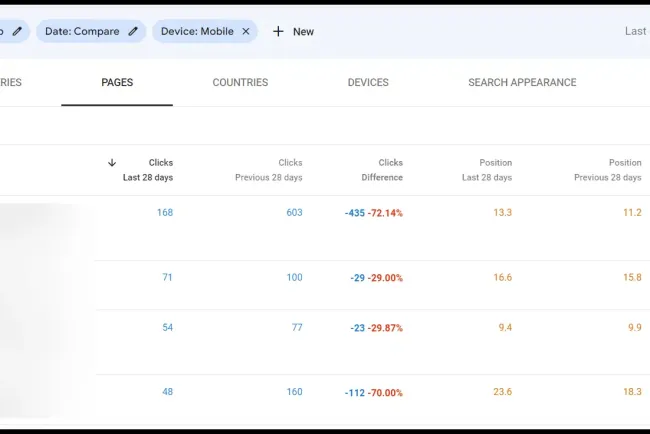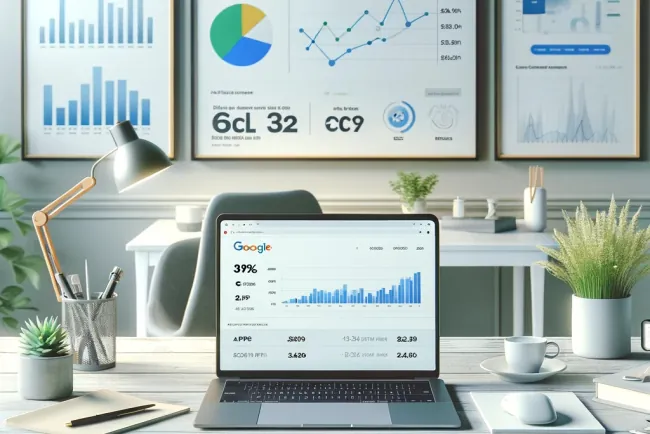Boost SEO metrics, increase authority, and drive organic traffic.
increase SEO metrics, domain authority, page authority, backlinks, organic traffic Step-by-Step Guide to Improve Your Website’s SEO Metrics

SEO is essential for driving organic traffic and enhancing the authority of your site. By strategically optimizing various aspects of your website, you can see substantial growth in visibility and user engagement. Here’s a comprehensive, step-by-step guide to improve your website’s SEO metrics.

Outline
- Boost Domain and Page Authority (DA & PA)
- Increase Quality Backlinks (QB)
- Improve Page Quality (PQ)
- Build Moz Trust (MT)
- Grow Organic Search (OS) Traffic
- Increase Engagement and User Interaction
- Evaluate and Prune Low-Quality Content
- Ongoing Monitoring
1. Boost Domain and Page Authority (DA & PA)
Audit Existing Backlinks:
- Use SEO tools like Moz, Ahrefs, or SEMrush to evaluate your website’s current backlinks.
- Identify low-quality or spammy links and use Google Search Console’s Disavow Tool to remove these from your backlink profile.
Find High-Quality Backlink Opportunities:
- Competitor Analysis: Identify which sites are linking to competitors. This helps pinpoint valuable sites to pursue for backlinks.
- Guest Blogging: Reach out to high-authority blogs within your niche and offer to contribute guest posts with backlinks to your site.
- Content Creation: Develop original research, case studies, or infographics that others may reference and link back to.
Outreach for Backlinks:
- Reach out to website owners, editors, or bloggers and ask them to link to your best content. Personalize each message to increase your chances of success.
2. Increase Quality Backlinks (QB)
Identify Target Websites for Quality Links:
- Use tools like Moz’s Link Explorer or Ahrefs to find websites in your industry with high domain authority (DA).
- Aim for backlinks from sites with DA over 30 or 40, ideally those related to your content.
Create Linkable Content:
- Guides and Tutorials: Write detailed guides on industry topics. These resources tend to be widely shared and cited.
- Case Studies and Unique Insights: Publish in-depth studies or analyses that provide insights valuable to others in your field.
Monitor and Improve Link Quality:
- Regularly check the quality of your backlinks. For any links from poor-quality sites, request removal or consider disavowing them.
3. Improve Page Quality (PQ)
Optimize Content for Relevance:
- Use tools like Google Keyword Planner or SEMrush to select keywords relevant to each page.
- Update or rewrite content to include relevant keywords, add depth, and enhance readability.
Enhance Content Structure:
- Use H1 tags for the main title and H2 for subheadings to organize your content logically.
- Add multimedia (images, videos) where relevant, and be sure to include ALT text for each image.
Add Internal Links:
- Link new content to older, related pages, and vice versa, to improve navigation and distribute page authority effectively across your site.
Focus on On-Page SEO:
- Optimize each page’s meta title and description to include primary keywords.
- Write engaging meta descriptions that encourage users to click on your content in search results.
4. Build Moz Trust (MT)
Identify Trusted Sites in Your Industry:
- Create a list of high-authority, trusted sites relevant to your industry, such as respected blogs, news sites, and official directories.
Gain Backlinks from High-Trust Sites:
- Contact these trusted sites to propose link-building opportunities like guest posts or other collaborations.
Network in Your Industry:
- Participate in forums, online communities, or industry-specific groups to build relationships. Networking can open doors to backlink opportunities from respected sites in your field.
Disavow Low-Quality Backlinks:
- Regularly assess backlinks to find any low-quality or spammy links, and disavow them as necessary to keep your link profile clean.
5. Grow Organic Search (OS) Traffic
Keyword Research:
- Use keyword research tools to find phrases that your target audience searches for.
- Start by targeting keywords with medium search volume and low competition, then work toward more competitive terms.
Optimize Existing Content for SEO:
- Ensure each page has a primary keyword, and update the content by incorporating keywords naturally, optimizing headings, and enhancing readability.
Create New, Targeted Content:
- Regularly publish blog posts or articles that address common industry questions or provide unique insights.
- Use Google Trends to identify hot topics within your niche to keep your content timely and relevant.
Optimize Technical SEO:
- Improve load speed with tools like Google PageSpeed Insights.
- Ensure the site is mobile-friendly and accessible on different devices.
- Set up Google Search Console to monitor and address any technical SEO issues.
6. Increase Engagement and User Interaction
Add Engaging Media:
- Use videos, images, or interactive elements like quizzes on content-heavy pages to increase time on page and enhance user experience.
Improve Site Navigation:
- Make sure your website’s menu and internal links make it easy for users to locate content.
Optimize for UX (User Experience):
- Reduce page loading times, and create a straightforward layout that is easy to read.
- Ensure that call-to-action (CTA) buttons are clear, visible, and user-friendly.
7. Evaluate and Prune Low-Quality Content
Content Audit:
- Use Google Analytics to identify pages with low traffic or high bounce rates. This data helps in deciding which pages need updates or removal.
Update or Merge Thin Content:
- For pages with limited value, either enhance the content or combine it with other pages to increase relevance and authority.
Delete or Redirect Low-Value Pages:
- If a page no longer provides value, delete it and set up a 301 redirect to a related page. This can help consolidate authority on more relevant pages.
8. Ongoing Monitoring
Track Changes in SEO Metrics:
- Regularly monitor your metrics using tools like Google Analytics, Google Search Console, and Moz to track DA, PA, backlinks, traffic, and engagement levels.
Refine Your Strategy as Needed:
- Periodically reassess your approach based on analytics data. Be open to experimenting with new SEO techniques and content formats to keep your strategy effective.

FAQs
1. What is the most effective way to boost domain authority?
Increasing domain authority requires building high-quality backlinks, producing valuable content, and optimizing your site for technical SEO.
2. How can I improve on-page SEO?
To enhance on-page SEO, target relevant keywords, structure content with H1 and H2 tags, use meta descriptions, and ensure readability.
3. What’s the role of user engagement in SEO?
User engagement metrics like time on page and bounce rate impact SEO by signaling content relevance to search engines.
4. How do I identify valuable backlinks?
Use tools like Moz and Ahrefs to evaluate domain authority and content relevance of linking sites. Aim for high DA and industry-relevant sites.
What's Your Reaction?






















